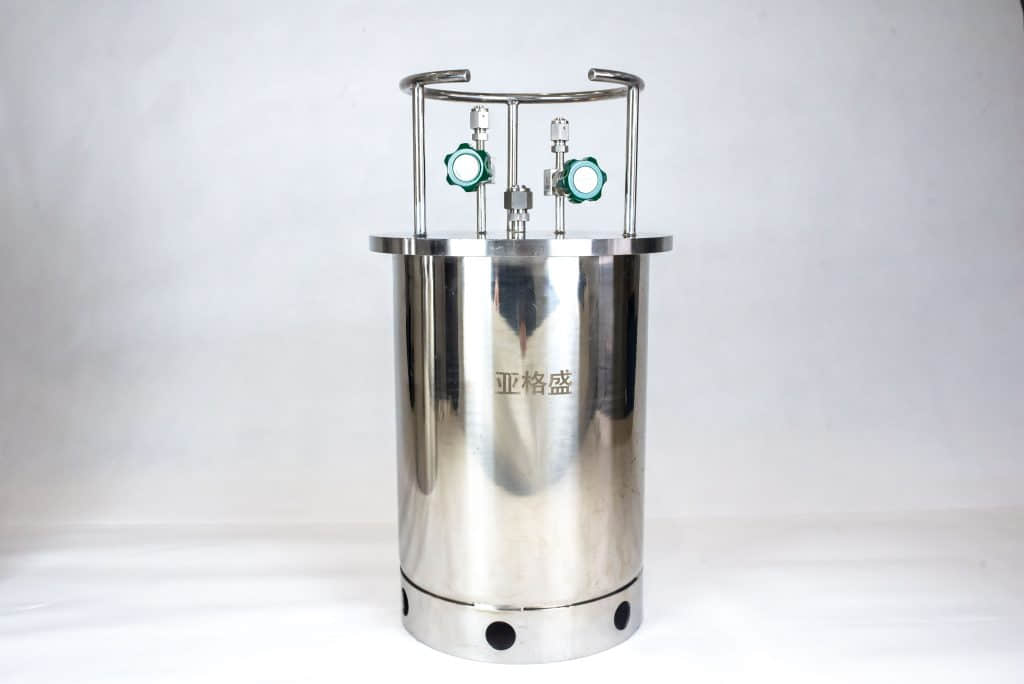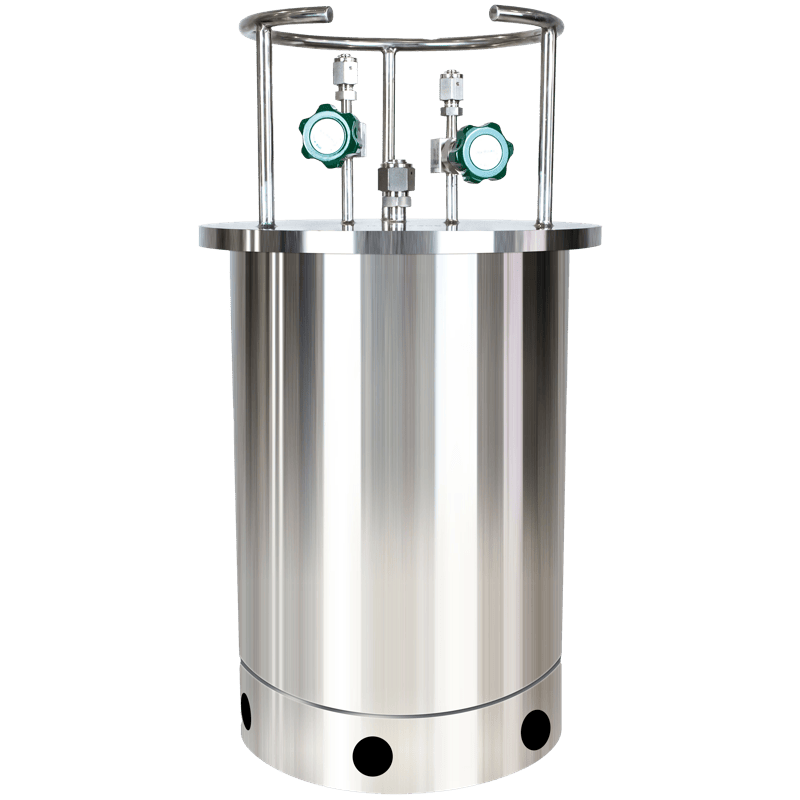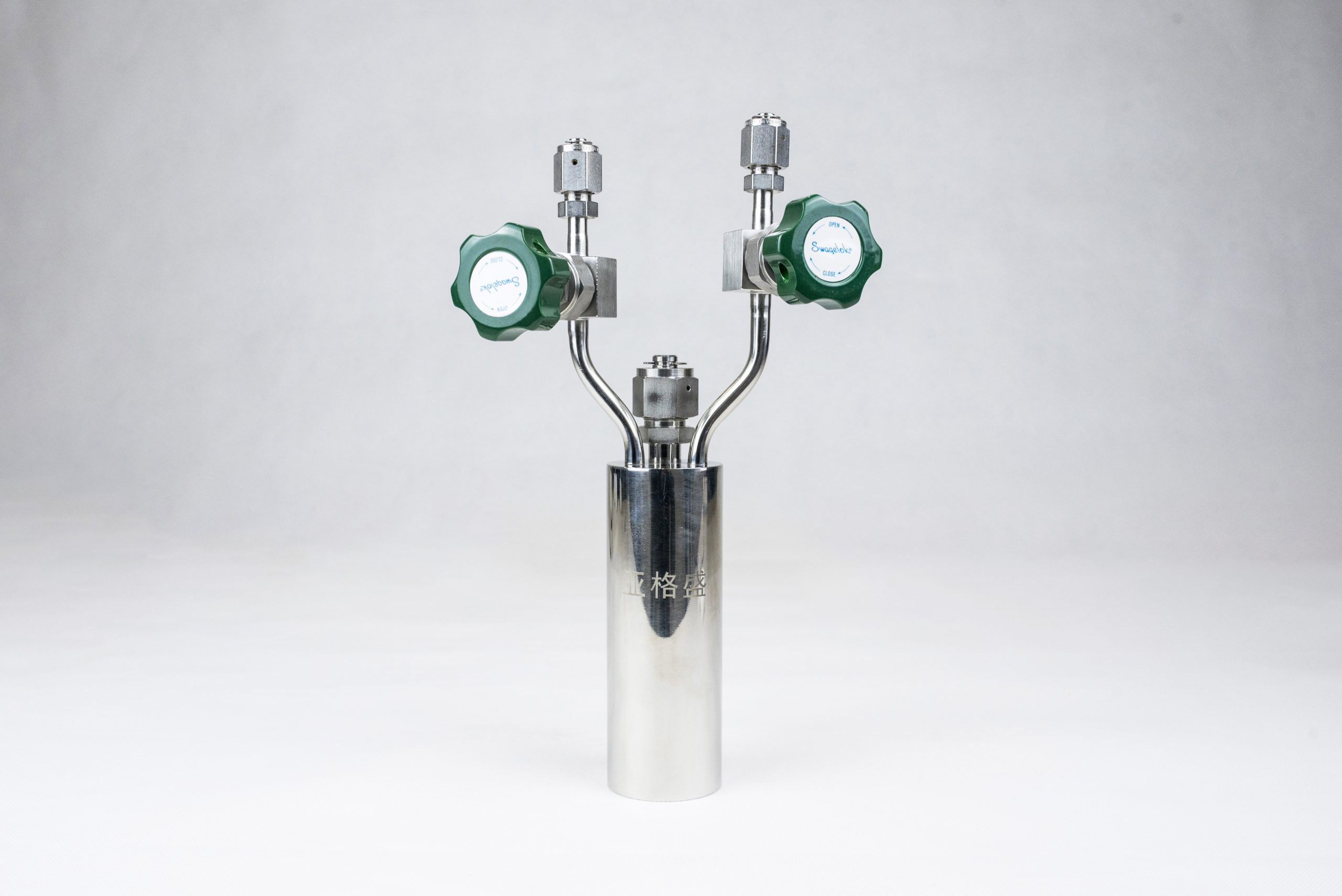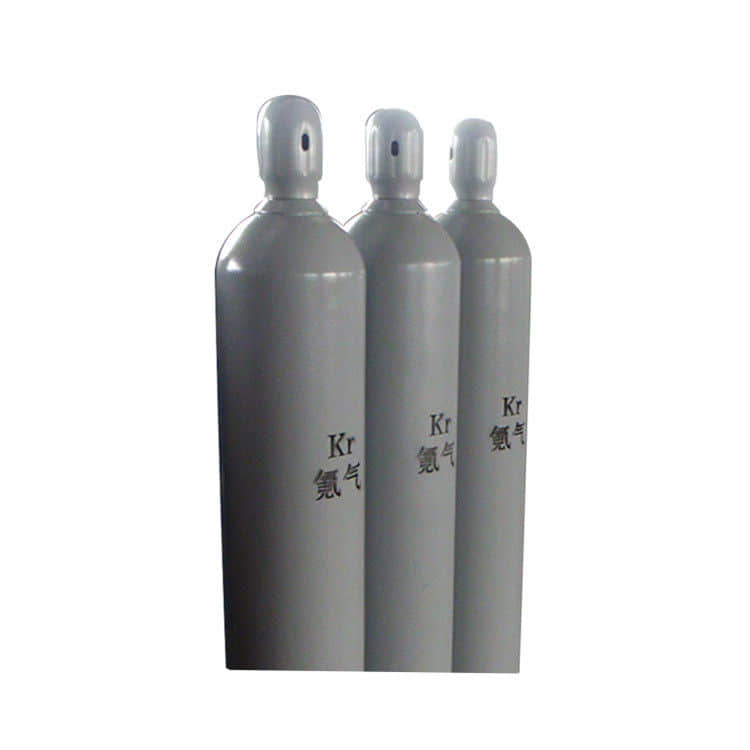What is Trimethylsilylamine?
Trimethylsilylamine (chemical formula N (SiH3)3, abbreviated as TSA) is a colorless and easily hydrolyzed liquid with good fluidity. It has a melting point of -105.6 ℃ and a boiling point of+52 ℃. Trimethylsilylamine is an important silicon-containing compound with special applications in the semiconductor industry, used for depositing high-purity silicon oxide films used to fill voids in semiconductor processes. In addition, trimethylsilylamine can also be used as a raw material for synthesizing other organosilicon compounds or aminosilanes. It has various application fields, including but not limited to coatings, rubber, plastics, and other industries, and can be used as additives or modifiers. Used for synthesizing other organosilicon compounds, such as aminosilane. In the semiconductor industry, it can be used as a layer precursor for silicon nitride or nitrogen oxide layers in chip preparation. It can be used as a reactive precursor in processes such as atomic layer deposition (ALD) and chemical vapor deposition (CVD).
Trimethylsilylamine Application
In the field of semiconductor chip manufacturing, TSA is mainly used for filling advanced logic technology nodes and 3D NAND bit lines with main oxides. It uses a flow type chemical vapor deposition (FCVD) machine to deposit silicon dielectrics into shallow trench isolation technology (STI). Due to the growth of 3D NAND stacking layers in the storage layer, which increases the height of storage holes, the usage of TSA continues to increase.
Introduce the application of FCVD,FCVD is a new type of chemical vapor deposition technology that involves adding reactants to the gas phase to undergo chemical reactions at high temperatures, thereby depositing the required materials on the substrate. FCVD technology has attracted much attention in the field of materials science due to its advantages of high efficiency, low cost, and high quality.
The principle of FCVD technology is to use the heat generated by gas-phase reactions and the gas generated by chemical reactions to deposit the required materials on the substrate surface. FCVD usually uses amino silane compounds and nitrogen-containing compounds as precursors, and deposits silicon-containing films with good fluidity on the substrate through controlled decomposition and condensation reactions. Then, one or more energy sources (such as thermal energy sources or plasma energy sources) are applied to densify the films.
FCVD film has good conformal properties, stepped coverage, and the ability to fully fill high aspect ratio spaces, so FCVD film can be applied to fill high aspect ratio gaps. However, the wet etching rate of FCVD film is much higher than that of traditional thermal deposition film. Even through steam treatment above 500 ℃ and high-temperature annealing process to improve film density, the wet etching rate of FCVD made silicon oxide film in dilute hydrofluoric acid (hf) solution is still more than 5 times faster than that of traditional thermal deposition made silicon oxide film. Even with the latest cycle mode of “deposition ultraviolet annealing plasma treatment”, the wet etching rate of the prepared thin film in dilute HF solution is still more than three times faster than that of traditional thermal deposition of silicon oxide thin films.
The principle of FCVD technology is to use the heat generated by gas-phase reactions and the gas generated by chemical reactions to deposit the required materials on the substrate surface. FCVD usually uses amino silane compounds and nitrogen-containing compounds as precursors, and deposits silicon-containing films with good fluidity on the substrate through controlled decomposition and condensation reactions. Then, one or more energy sources (such as thermal energy sources or plasma energy sources) are applied to densify the films.
FCVD film has good conformal properties, stepped coverage, and the ability to fully fill high aspect ratio spaces, so FCVD film can be applied to fill high aspect ratio gaps. However, the wet etching rate of FCVD film is much higher than that of traditional thermal deposition film. Even through steam treatment above 500 ℃ and high-temperature annealing process to improve film density, the wet etching rate of FCVD made silicon oxide film in dilute hydrofluoric acid (hf) solution is still more than 5 times faster than that of traditional thermal deposition made silicon oxide film. Even with the latest cycle mode of “deposition ultraviolet annealing plasma treatment”, the wet etching rate of the prepared thin film in dilute HF solution is still more than three times faster than that of traditional thermal deposition of silicon oxide thin films.







